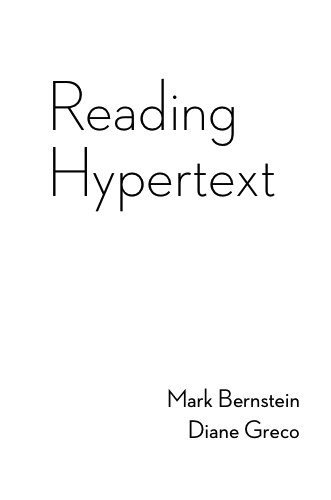Gimmicks and Art
Stacey Mason
In preparation for what sounds like a very promising reading session at MLA 2012, Alan Bigelow answers several questions at the heart of electronic literature today.
At one point Bigelow asserts that no idea exists which can only be conveyed through an electronic medium, no idea that can't be conveyed through traditional media. "It's the idea that counts," he says, not the delivery.
While I think this is superficially true, there is a powerful performative aspect to electronic literature unique to the form, and which can create a different relationship to the work than other forms. This isn't to say that this connection can express a certain idea that others can’t, that it can express it in a different way than other forms. The role of the reader's relationship to an avatar, for example, might make the player directly responsible for a catastrophe. This doesn't always happen, but the fact that it can makes electronic literature very different. It's the difference between reading "To know my deed, 'twere best not know myself" and feeling the regret of knowing that you, the reader, killed Duncan out of ambition and a lust for power that you actually felt first-hand.
Bigelow also argues that the story is more powerful than the level of interactivity, and I think he's right. You won't actually feel sorry for killing the king if he hasn't been properly developed as someone you should feel sorry for killing. Likewise, a flashy interactive piece loses its impact if the story isn't good enough for the interaction to mean something. The problem with things like vooks is that there needs to be a good reason for the piece to have video, sound, or "interactivity," and it needs to be part of the original concept of the work, not an awkwardly interjected afterthought. The story and impact have to gain something from a piece being interactive, otherwise interactivity is just a gimmick. And gimmicks are not art.
